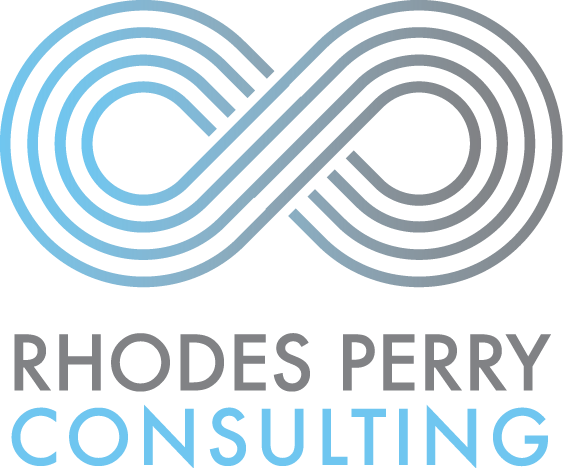2018 DEI Trends: Holding Leadership Accountable to their Diversity Commitment
Senior executives from today’s leading Fortune companies recognize the power and promise of cultivating diverse, inclusive, and equitable (DEI) workplaces. Yet, many concur that they aren’t doing enough to realize these benefits. In order to stitch an organization’s DEI strategic vision into the fabric of the organization’s DNA, leaders from these companies have implemented a variety of strategies with the goal of holding themselves and their leadership teams accountable.
This week’s post examines how these strategies have the power to motivate senior executives to cultivate inclusive workplaces, and it wraps up a six-week blog series exploring emerging trends for diversity, equity, & inclusion (DEI) professionals. After reading through this post, consider registering for the next RPC webinar where we’ll have the opportunity to explore these trends in more depth. Webinar participants will also have the opportunity to ask questions and learn from their peers.
Since many executives want to see a high return on investment for the work they are doing to cultivate more inclusive workplaces, those leading the way are starting with themselves. These leaders have recognized that simply talking about the importance of diversity in the workplace is simply not enough to transform their organizations’ cultures, and so they have established the following strategies for themselves to advance their commitment through accountability:
1. Performance Appraisals. One of these accountability strategies includes the Human Capital Inventory (HCI) tool, which is used to assess how well an executive team understands the culturally specific needs of the company’s employees, customers, suppliers, and other stakeholders. The HCI includes a 50-item checklist examining four components of cultural competence measuring awareness of attitude. Rounding out the evaluation, the HCI incorporates 360 feedback, a self-assessment, along with feedback from two direct reports, two or more fellow managers, and one supervisor. The tool also examines how well senior executives are diversifying the departments they manage, and elevating talent from underrepresented groups into middle management and leadership positions.
2. Executive Bonuses. Leading companies like Sodexo continue to make strategic decisions to linking a significant portion - upwards of 25 percent - of the total bonus for managers and members of the executive team to their contributions helping the company achieve its strategic DEI goals. Leading firms separate the percent of bonuses related to DEI efforts from the financial performance of a company to further incentivize leaders from owning this work, and staying focused on building an inclusive firm. After all, firms with more diversity yield higher levels of productivity, innovation, and employee loyalty that can help a business recover from the threat or reality of an economic downturn.
3. Executive Compensation. When trying to create more inclusive organizations, senior executives often work with subject matter experts to define existing challenges, identify a shared goal, and establish benchmarks to accomplish it. In order to hold senior executives accountable, an increasing number of company shareholders and investors now align executive and staff compensation to the effectiveness of meeting the organization’s DEI goals. For companies like Microsoft and Apple, taking this approach has led to more dramatic results in diversifying the ranks of middle and upper management and improving the retention of underrepresented staff in these elevated positions.
4. Department Reviews. Firm’s like Allstate conduct annual Quality Leadership Measurement Surveys (QLMS). These performance appraisals assess a department manager’s leadership abilities, including their execution of specific DEI measures. These measures assess yearly data on workforce DEI components for every manager’s direct reports. Data includes direct reports demographics, promotion rates and opportunity, retention and turnover for their department. All managers are assessed through the QLMS tool, which is linked to annual reviews and pay decisions.
Expect to see more companies in 2018 tying DEI goals to executive performance. The four strategies above include some of the many ways an organization’s shareholders and investors can hold leaders accountable to building more inclusive organizations. If you’re interested in learning more about this topic, register for the next RPC webinar, Exploring 2018 DEI Trends, scheduled for Thursday, April 12, and if you would like more support and strategies related to this work, subscribe to the RPC Belonging at Work Newsletter.


